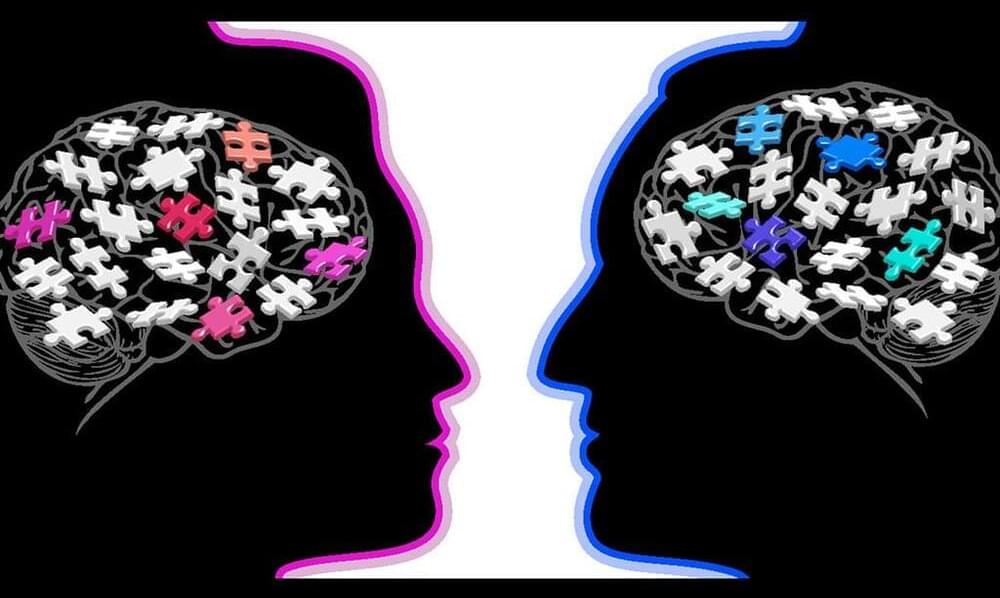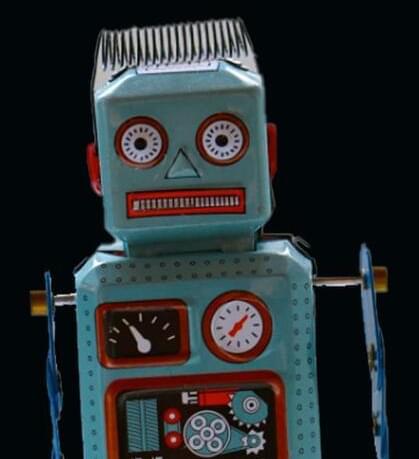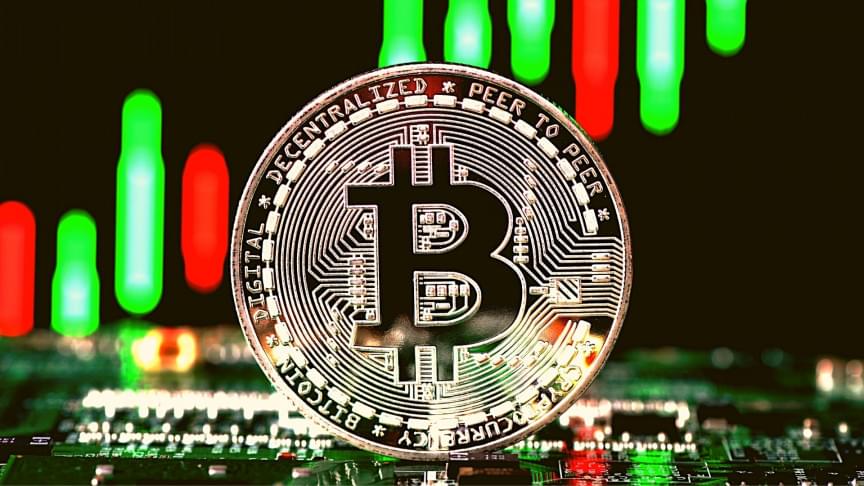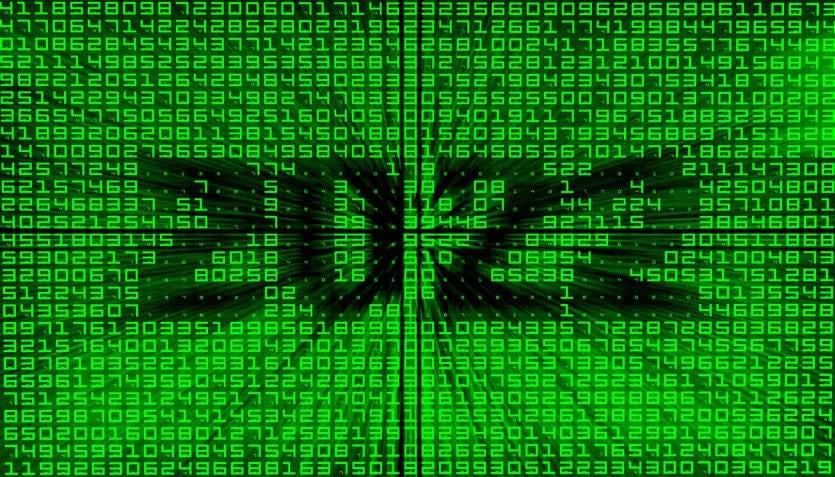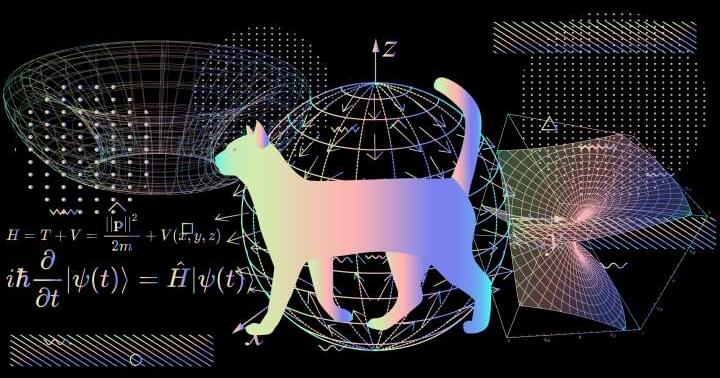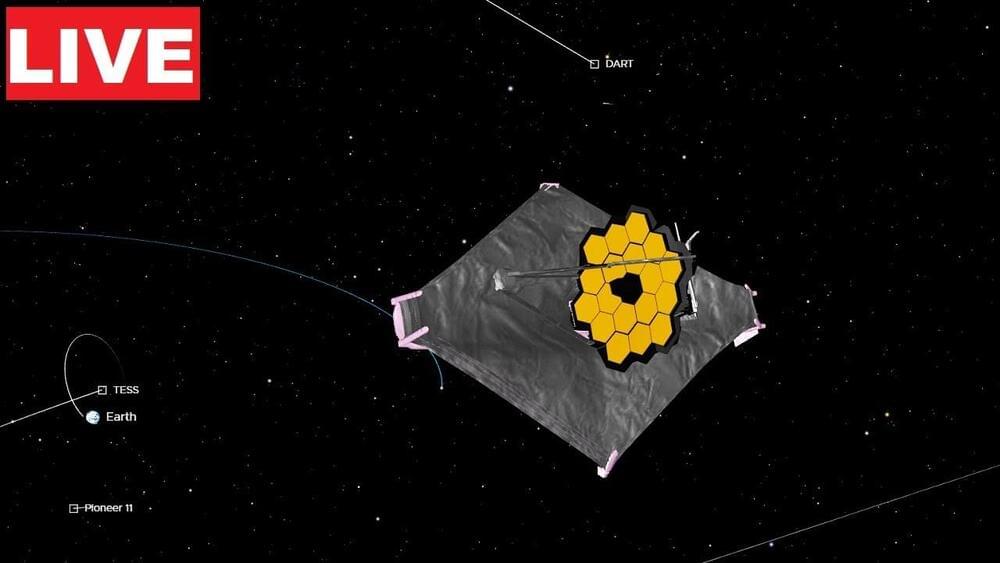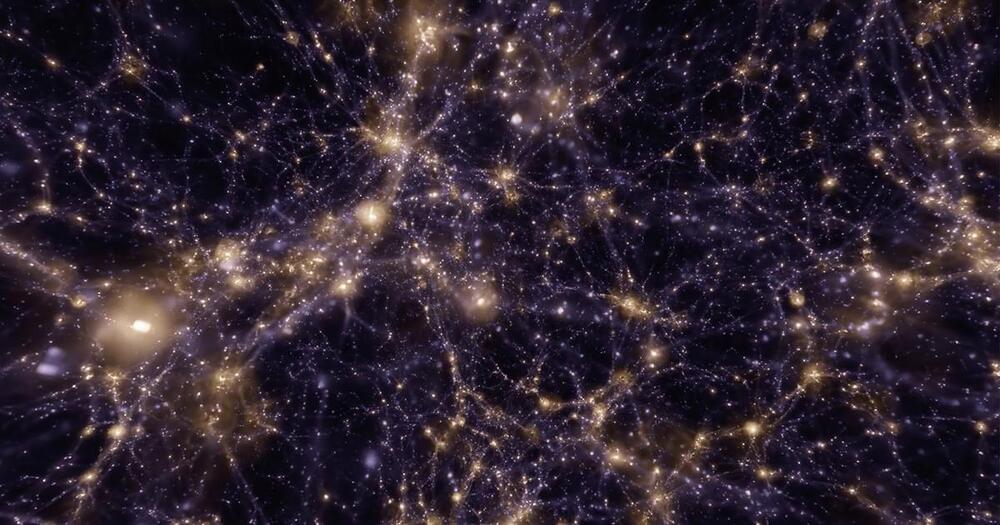UNESCO has announced a major new coral reef off the coast of Tahiti – stretching 3 km (1.9 mi) and in ‘pristine’ condition – discovered by marine biologists as part of the Seabed 2030 Project.
The Neuro-Network.
𝐒𝐓𝐀𝐍𝐅𝐎𝐑𝐃 𝐌𝐄𝐃𝐈𝐂𝐈𝐍𝐄
𝐒𝐞𝐱-𝐭𝐲𝐩𝐢𝐜𝐚𝐥 𝐛𝐞𝐡𝐚𝐯𝐢𝐨𝐫 𝐨𝐟 𝐦𝐢𝐜𝐞 𝐠𝐮𝐢𝐝𝐞𝐝 𝐛𝐲 𝐝𝐢𝐟𝐟𝐞𝐫𝐞𝐧𝐜𝐞𝐬 𝐢𝐧 𝐛𝐫𝐚𝐢𝐧’𝐬 𝐠𝐞𝐧𝐞 𝐚𝐜𝐭𝐢𝐯𝐢𝐭𝐲
𝙎𝙩𝙖𝙣𝙛𝙤𝙧𝙙 𝙨𝙘𝙞𝙚𝙣𝙩𝙞𝙨𝙩𝙨 𝙛𝙤𝙪𝙣𝙙 𝙢𝙤𝙧𝙚 𝙩𝙝𝙖𝙣 1,000 𝙜𝙚𝙣𝙚-𝙖𝙘𝙩𝙞𝙫𝙖𝙩𝙞𝙤𝙣 𝙙𝙞𝙛𝙛𝙚𝙧𝙚… See more.
Stanford scientists found more than 1,000 gene-activation differences between female and male mice’s brains, plus more than 600 between females in different stages of their reproductive cycle.
What’s the missing ingredient in the secret sauce behind human-level intelligence? Is it something we can teach the machines? property= description.
Bitcoin dipped more than 12% on Friday to below $36,000.
Bitcoin has surged past $65,000 to achieve a record-high price! This trend may continue in the wake of becoming the first cryptocurrency on the NYSE.
*The past two years has seen a rapid shift of work to remote and hybrid offices. The statistics show that hackers welcomed that shift and took advantage of the vulnerabilities and gaps in security by businesses.
* Cyber perils are the biggest concern for companies globally in 2022, according to the Allianz Risk Barometer. The threat of ransomware attacks, data breaches or major IT outages worries companies even more than business and supply chain disruption, natural disasters or the COVID-19 pandemic, all of which have heavily affected firms in the past year.
Cyber incidents tops the Allianz Risk Barometer for only the second time in the survey’s history (44% of responses), Business interruption drops to a close second (42%) and Natural catastrophes ranks third (25%), up from sixth in 2021. Climate change climbs to its highest-ever ranking of sixth (17%, up from ninth), while Pandemic outbreak drops to fourth (22%).y affected firms in the past year. past two years has seen a rapid shift of work to remote and hybrid offices. The statistics show that hackers welcomed that shift and took advantage of the vulnerabilities and gaps in security by businesses.
Over 240 years ago, famous mathematician Leonhard Euler came up with a question: if six army regiments each have six officers of six different ranks, can they be arranged in a square formation such that no row or column repeats either a rank or regiment?
After searching in vain for a solution, Euler declared the problem impossible – and over a century later, the French mathematician Gaston Tarry proved him right. Then, 60 years after that, when the advent of computers removed the need for laboriously testing every possible combination by hand, the mathematicians Parker, Bose, and Shrikhande proved an even stronger result: not only is the six-by-six square impossible, but it’s the only size of square other than two-by-two that doesn’t have a solution at all.
Where is Webb now? Live tracking / live tracker of the James Webb Telescope.
James Webb will find breathable atmospheres: https://youtu.be/Ygpl0LUFUpU
Exoplanets book: https://www.amazon.com/dp/B09LWHDRBG?tag=lifeboatfound-20
Exoplanets merch: https://teespring.com/es/stores/the-exoplanets-channel.
#jameswebb #jwst #UnfoldTheUniverse
In computer simulations of possible universes, researchers have discovered that a neural network can infer the amount of matter in a whole universe by studying just one of its galaxies.
A study cohort that received an oral supplement of a gut-produced compound had better endurance in two small exercises.
An oral supplement intended to stimulate a natural body process appears to promote muscle endurance and mitochondrial health in humans. New research suggests that the supplement, urolithin A, may help improve or prolong muscle activity in people who are aging or who have diseases that make exercise difficult.
The paper was published in JAMA Network Open.

